
Cocoa prices have fallen sharply since the start of the year, with an improved outlook for crops easing concerns over shortages.
Commodity cocoa prices have been rising steadily since 2013 and hit a four-and-a-half-year high at the end of 2015, prompting warnings chocolate makers would be forced to hike prices or shrink bars to maintain profits.
The relentless price rise was driven by predictions of cocoa shortage due to adverse weather in growing regions in West Africa, as well as soaring global demand for chocolate.
However, prices plummeted in January as cocoa finally succumbed to the general downward pressure on commodities caused by low oil prices and concerns over a slowdown of China’s economy, says the International Cocoa Organisation.
Cocoa prices were also hit by reports the Ghana and Ivory Coast cocoa crop could be better than expected this year, and a weakening of global demand for chocolate. In its Q1 results, Barry Callebaut noted a 3.7% decline in the global chocolate confectionery market towards the end of last year [Nielsen September-November 2015].
Prices rebounded in the middle of the month after it emerged Ghana could lose up to 25% of its cocoa supply due to the arrival of the Harmattan wind. But they fell again to reach an eight-month low at £2,016 per tonne in London at the end of January (ICCO).
A short-term drop in prices is unlikely to have any impact on chocolate makers, which base their pricing decisions on more than just commodity prices. “The prices of our products are not linked to short-term fluctuations in commodity markets,” says a Nestlé spokesman.
But Rabobank has forecast a surplus of cocoa in 2016/17, which would likely bring prices down in the longer term, easing both margins and fears over shrinking chocolate bars.


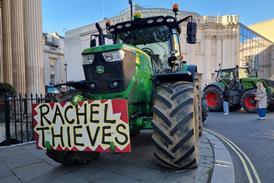





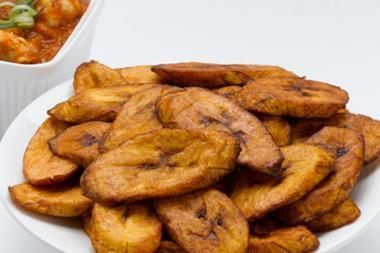
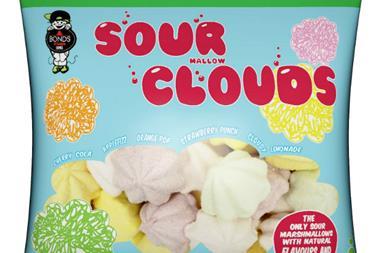


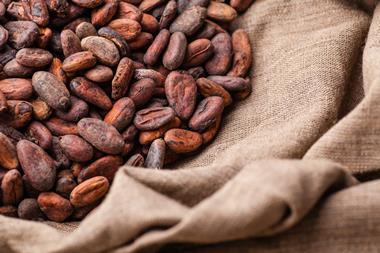
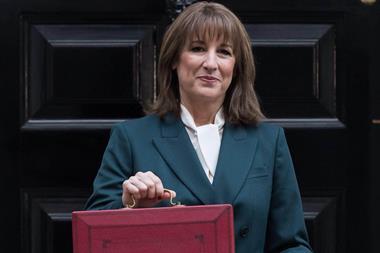
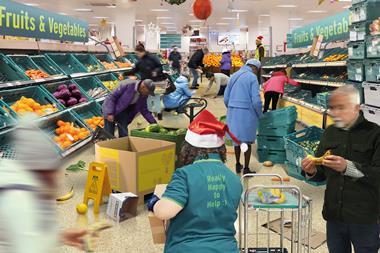
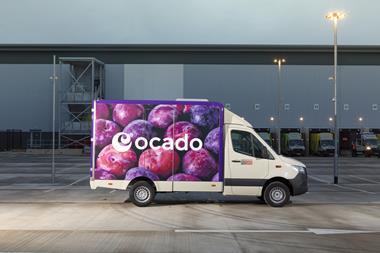

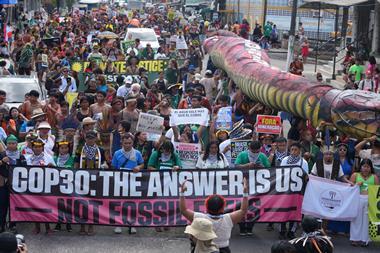

No comments yet